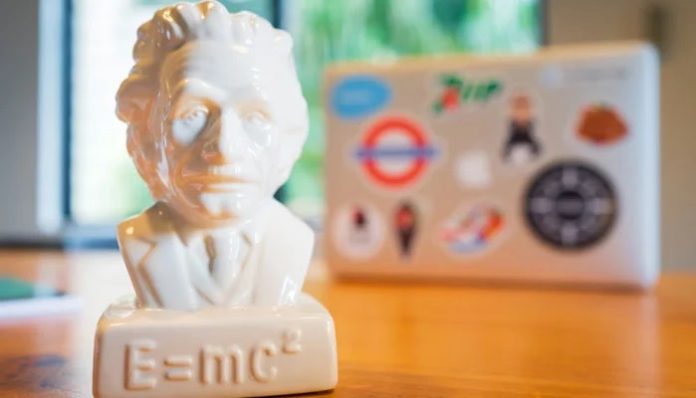Albert Einstein’s 1915 general theory of relativity, a cornerstone of modern physics, describes gravitation based on curved space-time and the energy-momentum tensor.
This mathematical construct explains how energy and momentum are distributed and interact with the gravitational field.
In Einstein’s theory of gravity, the energy-momentum tensor is considered unchanged, or conserved.
However, a Russian scientist presents a new theory of gravity, challenging the traditional law of conservation, highlighting the non-renormalisability problem at high energy levels, NDTV reported.
This means that mathematical flaws appear that cannot be eliminated.
Hamidreza Fazlollahi, a graduate student at the Educational and Scientific Institute of Gravity and Cosmology of Patrice Lumumba Peoples’ Friendship University of Russia (RUDN) University, claims to have found a solution to this problem.
In an official statement, discussing his new theory that counters Einstein’s, Fazlollahi said: “The problem of non-renormalisability of Einstein’s gravity is well known. It has led to dozens of attempts to treat it as a low-energy theory.
“For example, in string theory, Einstein’s classical equation is just the first term in an infinite series of gravitational corrections.
He suggests that at high energy or within the “event horizon of black holes, space-time curvature and gravity may deviate from Einstein’s general theory of relativity,” potentially violating the law of conservation of energy-momentum.
The researcher developed a new gravitational model based on the Gibbs-Duhem relation in thermodynamics, incorporating unique factors and constants to account for temperature-entropy and charge-interaction dynamics, similar to Einstein’s equation.
Fazlollahi’s model offers a significant advancement in understanding gravity, particularly in extreme conditions, and could provide new insights into the universe’s mysteries, aligning with experimental data, and making it a valuable tool for future research.
The study is published in The European Physical Journal C.

